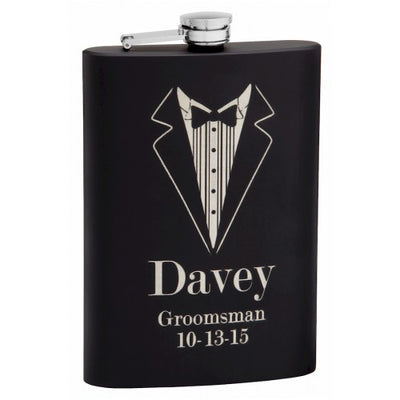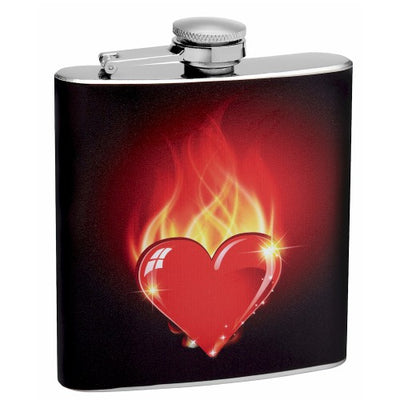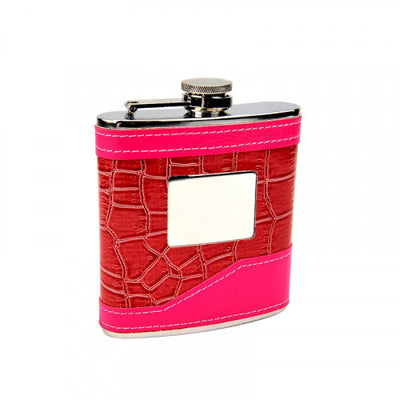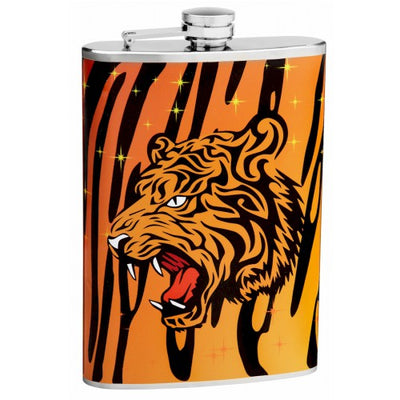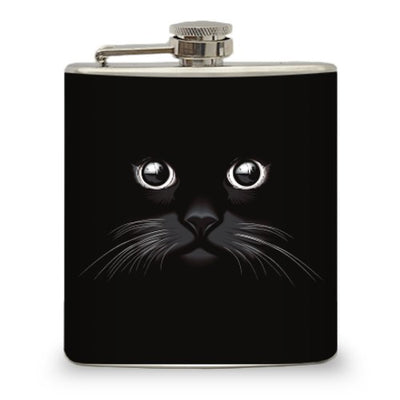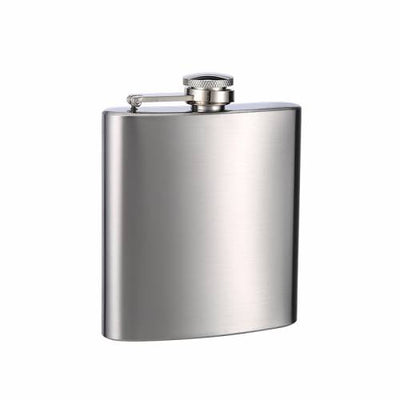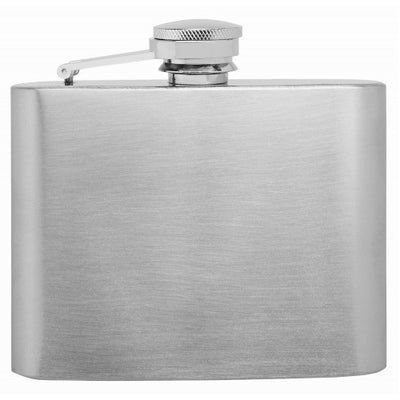In part one of this series, we will cover three different beer types and give you a quick rundown of some key differences between them, including: color (amber, gold, copper, brown, dark, light), taste (bitterness / sweetness), and "hoppiness" level, (hops is one of the central ingredients used in many beer recipes and plays a crucial role in the resulting flavor profile).
Today, we're going to examine:
- Pale Ale
- Amber Ale
- Wheat Beer
Yeasts that ferment at warmer temperatures, around 60 to 75 degrees Fahrenheit, will actually form a layer of foam on the surface of fermenting beer, which is why they are referred to as top-fermenting yeasts. Yeasts that ferment at lower temperatures, around 50 degrees, will have the ability to process a chemical compound called raffinose, which is a complex sugar created during fermentation. These yeasts collect at the bottom of the fermenting beer and are called bottom-fermenting yeast. The majority of beer today that is fermented in this way is called lager.
Most beers use barley malt as their primary source of fermentable sugars, and some beer styles require that it be used exclusively. Other styles use one or more other grains as a key ingredient, such as wheat beer, rye beer, or oatmeal stout. Hops contribute to the bitterness, flavour and aroma of a beer in various ways and depending upon when they are added during the brewing process. How much hop bitterness and aroma is appropriate varies between beer styles. There are many varieties of hops around the world, and some hops are associated with beers from specific regions.
Pale Ale
Pale Ale is made through warm fermentation using predominantly pale malt. It's the higher proportion of pale malts that results in this variety's lighter hue.
Amber Ale
Amber Ale is a term used mostly in the U.S.A., Australia, and France to define pale ales that are brewed with a proportion of what's known as crystal malt. This crystal malt is key to producing the signature color range of most Amber Ales - generally ranging from light copper to light brown. A small amount of crystal or other colored malt is added to the basic pale ale base to produce a slightly darker color, as in some Irish and British pale ales.
Wheat Beer
Wheat beer is a beer that is actually brewed with a large proportion of wheat in addition to the malted barley; wheat beers are usually considered ales. In Germany, where beer making laws restrict ingredients to almost nothing beyond the basic grains, national law requires these beers to be called ales. Wheat beers tend to taste a little tart, or even sour, and because of this, sometimes beer enthusiasts add sweetened syrups of lemon, raspberry or woodruff herb into the beer.
That wraps up part one of the Flasks.com Beer Guide Series. Check back often in order to make sure you don't miss the upcoming installations of the Beer Guide!


